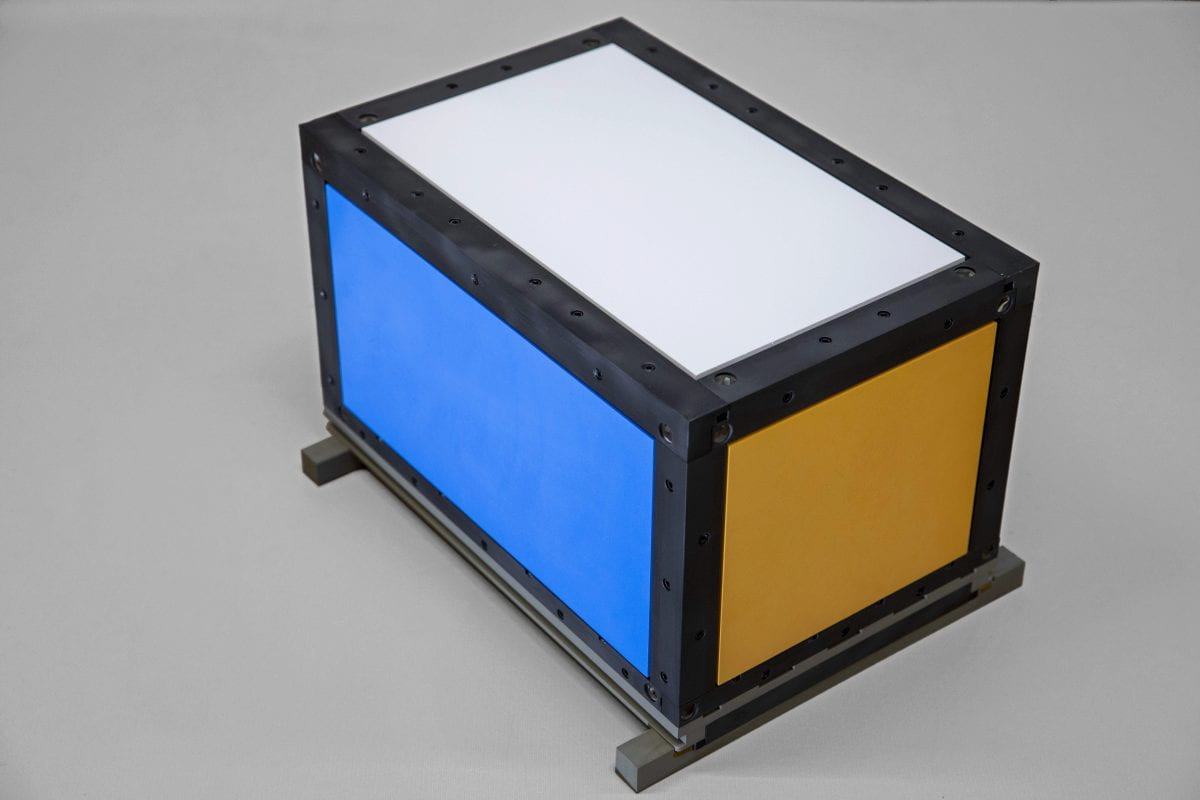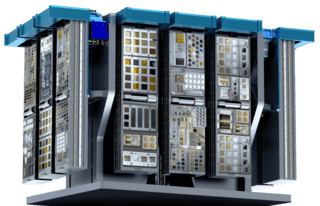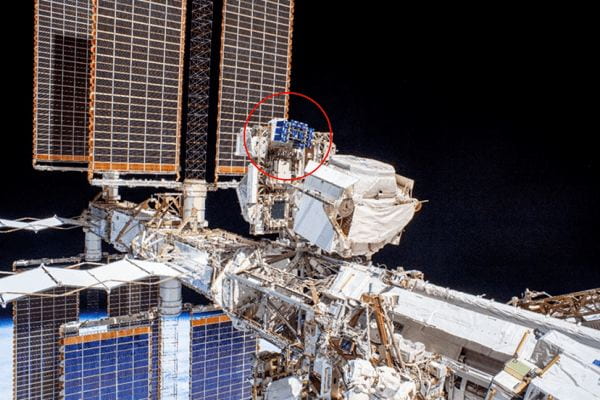The Challenge:
- Optical observations of resident space objects (RSOs) are typically conducted by leveraging ground and space-based telescopes as well as all-sky imagers
- Most observations are unresolved images – creating difficultly in determining RSO behavior such as pose estimation and health and de-conflicting closely-spaced objects
- Modelling and simulation (M&S) environments require validation and verification (V&V) to assert their usefulness à RSO dimensions and optical properties are not publicly available
- Algorithm development and atmospheric/orbital science would benefit from a calibrated optical target in orbit
Project Overview:
- Design and build a 12U CubeSat with optically calibrated panels for launch to geosynchronous transfer orbit (GTO).
- Support the verification and validation of GTRI and government owned modeling and simulation environments.
- Collect multi-spectral data from Georgia Tech and government owned optical sensors such as OmniSSA and GT-SORT.
- Develop algorithims for pose determination, light curve inversion, and RSO identification and low-light detection and tracking.
Project Milestones:
- Complete: Initial modeling and simulation of OrCa light curves based on CAD model
- Complete: Sponsor approved design (27 Dec 2019)
- Complete: CubeSat assembly complete (10 Jan 2020)
- Complete: CubeSat testing & encapsulation (17 Jan 2020)
- Complete: OrCa launch (16 Mar 2020)
- Future: OrCa observations and data analysis
Deployment:
OrCa was launched on board of ULA Atlas V rocket and placed into a highly elliptical geosynchronous transfer orbit (GTO).
Craft Overview:
ORCA is a 2 x 3 12U CubeSat. The CubeSat is solar-powered, and contains both solar cells and batteries.
Sources and Additional Information:
| Acronym | OrCa |
| Full Name | The Orbital Calibration Mission |
| Size | 12U |
| Status | In Orbit |
| Launch Date | March 2020 |
| NORAD ID | |
| Principal Investigators | Brian GunterChris Valenta |
| Downlink Frequency |



